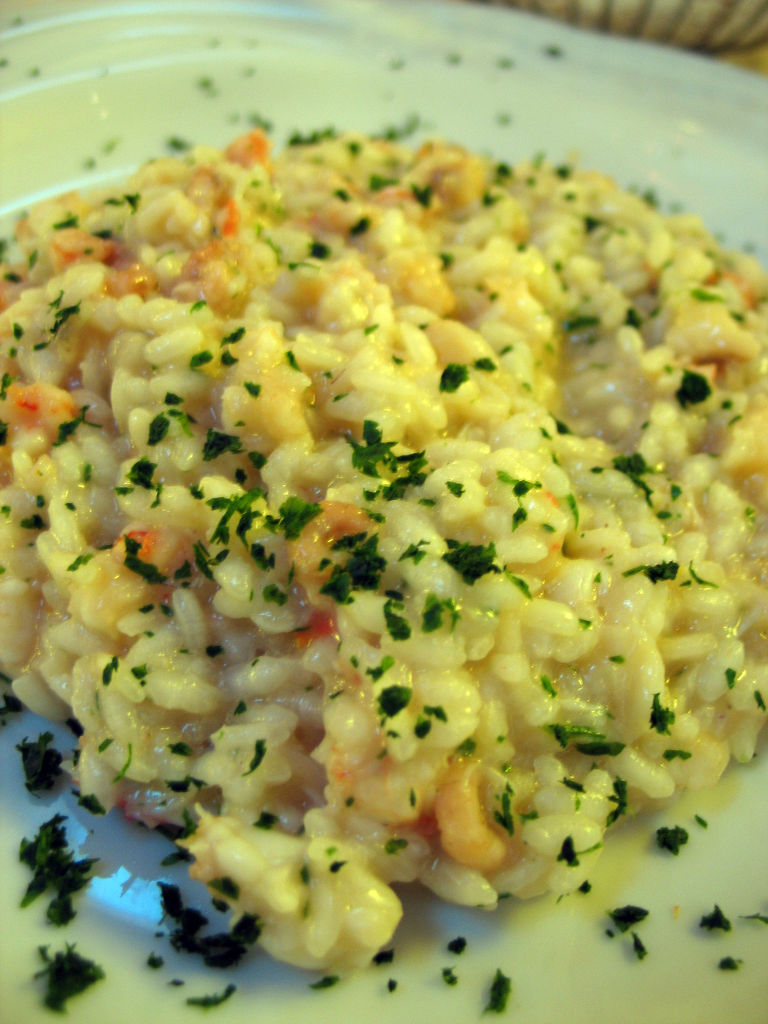Do wander over to the latest edition of New Agriculturist, which, among other things, has a great feature giving examples of farmers adopting new crops and other ways of making a living as alternatives to illicit, environmentally damaging or otherwise inappropriate ones.
A prickly question

Dealing with a Carciofo alla Giudea I seldom wrestle also with the more fundamental existential question of what exactly an artichoke is. A flower, of course, although for the most part one is eating bracts and the receptacle. A thistle, too. But beyond that, I have to confess I have never really considered relationships among the various varieties of artichoke nor between the artichoke and its obvious cousin the cardoon (where one eats the blanched petiole, preferably in a tasty bechamel sauce).
Real taxonomists, of course, consider this sort of question all the time. And by and large they have concluded that in the genus Cynara the cultivated artichoke is C. scolymus, with cardoon — wild and cultivated — in a separate species, C. cardunculus. Then again, maybe they all belong to C. cardunculus. And how did they evolve? As crops, artichoke and cardoon are pretty recent, only a couple of thousand years old at most. Which wild species were they selected from?
I need concern myself with these prickly issues no more. A recent paper 1 from the Institute of Plant Genetics in Bari is clear: artichokes and wild and cultivated cardoons belong to a single species, C. cardunculus. How exactly they evolved is less clear. Cardoon and artichoke were domesticated separately and independently, the artichoke around 2000 years ago and the cardoon 1000 years later “at the beginning of the second millennium AD”. Where all this happened is still mysterious. Artichoke’s origins are probably to the east, while the cardoon was domesticated in northern italy, southern France and Spain. But some of the wild “cardoons” of Spain, which differ considerably from those in the eastern Mediterranean, might be feral artichokes.
All of which is delicious. But beyond knowing more about artichoke and cardoon, these findings should also feed into the rational conservation of the species’ biodiversity, being undertaken thanks to a euros 4 million project in Italy 2.
Individual efforts bear fruit
I like to read about people who are doing their own little bit to preserve biodiversity in their backgardens. So it is good to hear that Miss Hathorn’s apple grafts have taken and are growing away nicely. Are you doing anything like this?
Rice in Italy
 No, not Condy Rice seeing the sights: rice the crop, and its future in Italy. It may surprise some people that rice is grown in Italy, but it has a long history of cultivation in the Po Valley, and an important place in the local cuisine, as anyone who has eaten risotto will testify. Unfortunately, the ongoing drought in the region is causing severe problems for thousands of rice farmers (among others) in the Val Padana. Some people are saying that’s the shape of things to come, with climate change and all. But here’s an interesting juxtaposition of news: it’s been announced that the Slow Food Foundation for Diversity, based in Tuscany, is to start marketing in Europe a traditional, organically grown, Filipino rice known as “unoy.” Isn’t globalization wonderful?
No, not Condy Rice seeing the sights: rice the crop, and its future in Italy. It may surprise some people that rice is grown in Italy, but it has a long history of cultivation in the Po Valley, and an important place in the local cuisine, as anyone who has eaten risotto will testify. Unfortunately, the ongoing drought in the region is causing severe problems for thousands of rice farmers (among others) in the Val Padana. Some people are saying that’s the shape of things to come, with climate change and all. But here’s an interesting juxtaposition of news: it’s been announced that the Slow Food Foundation for Diversity, based in Tuscany, is to start marketing in Europe a traditional, organically grown, Filipino rice known as “unoy.” Isn’t globalization wonderful?
Photo from ciordia9 on Flickr provided under a Creative Commons license.
Organic bees not collapsing as quickly?
On Gristmill, a brief answer to the question “are organically managed bees faring any better” in the current outbreak of Colony Collapse Disease. My summary: maybe.